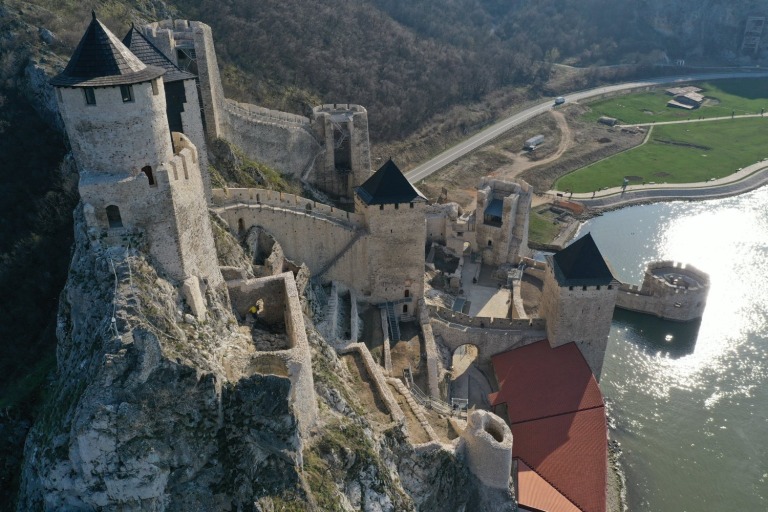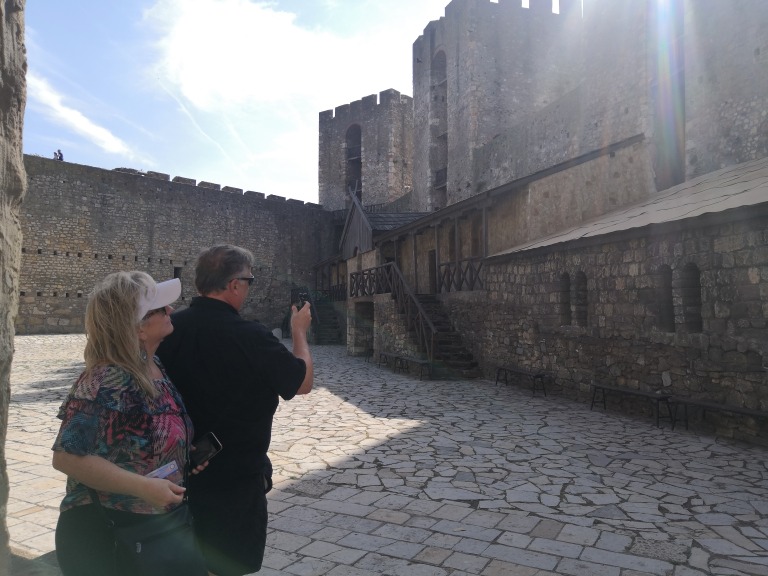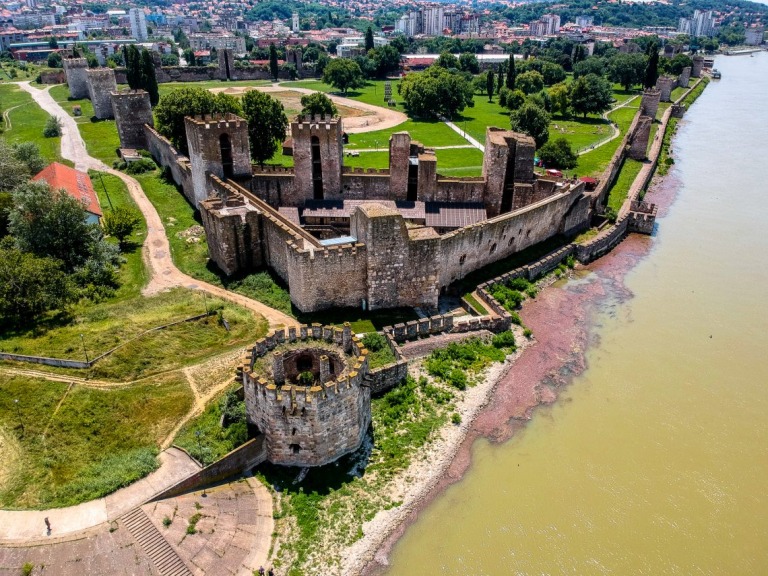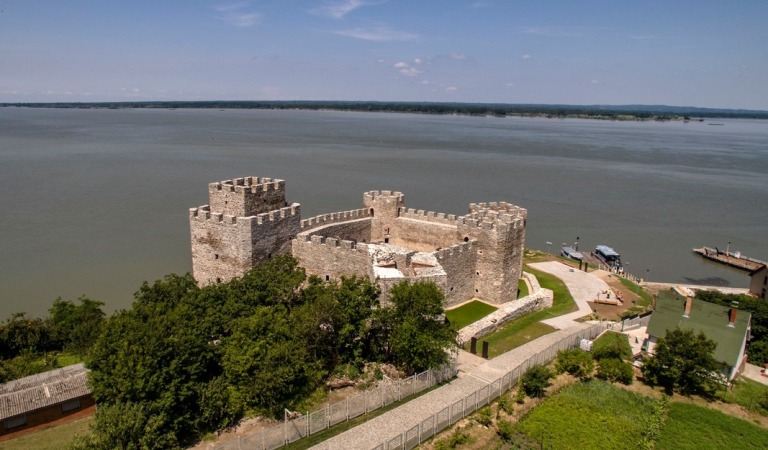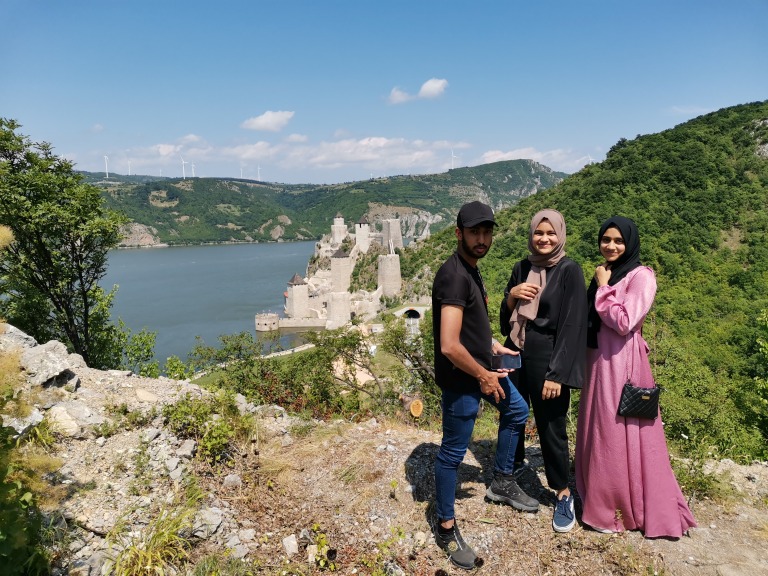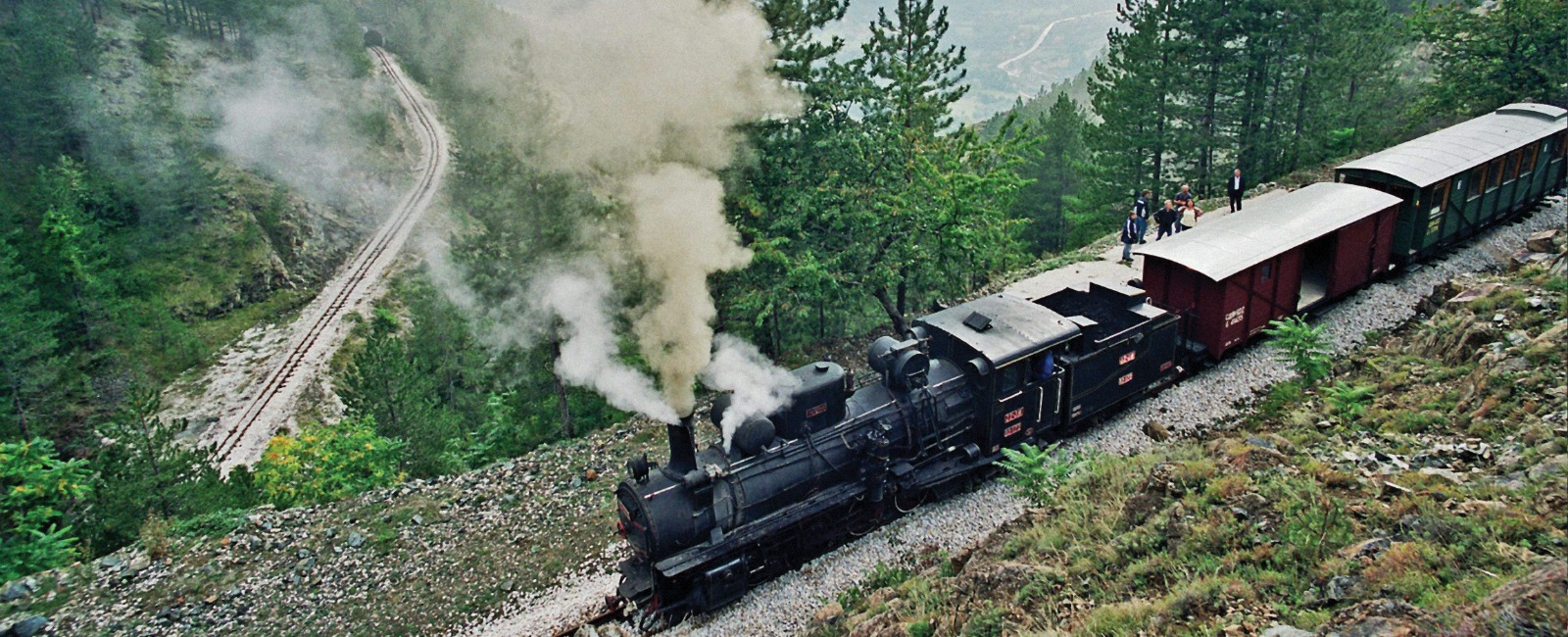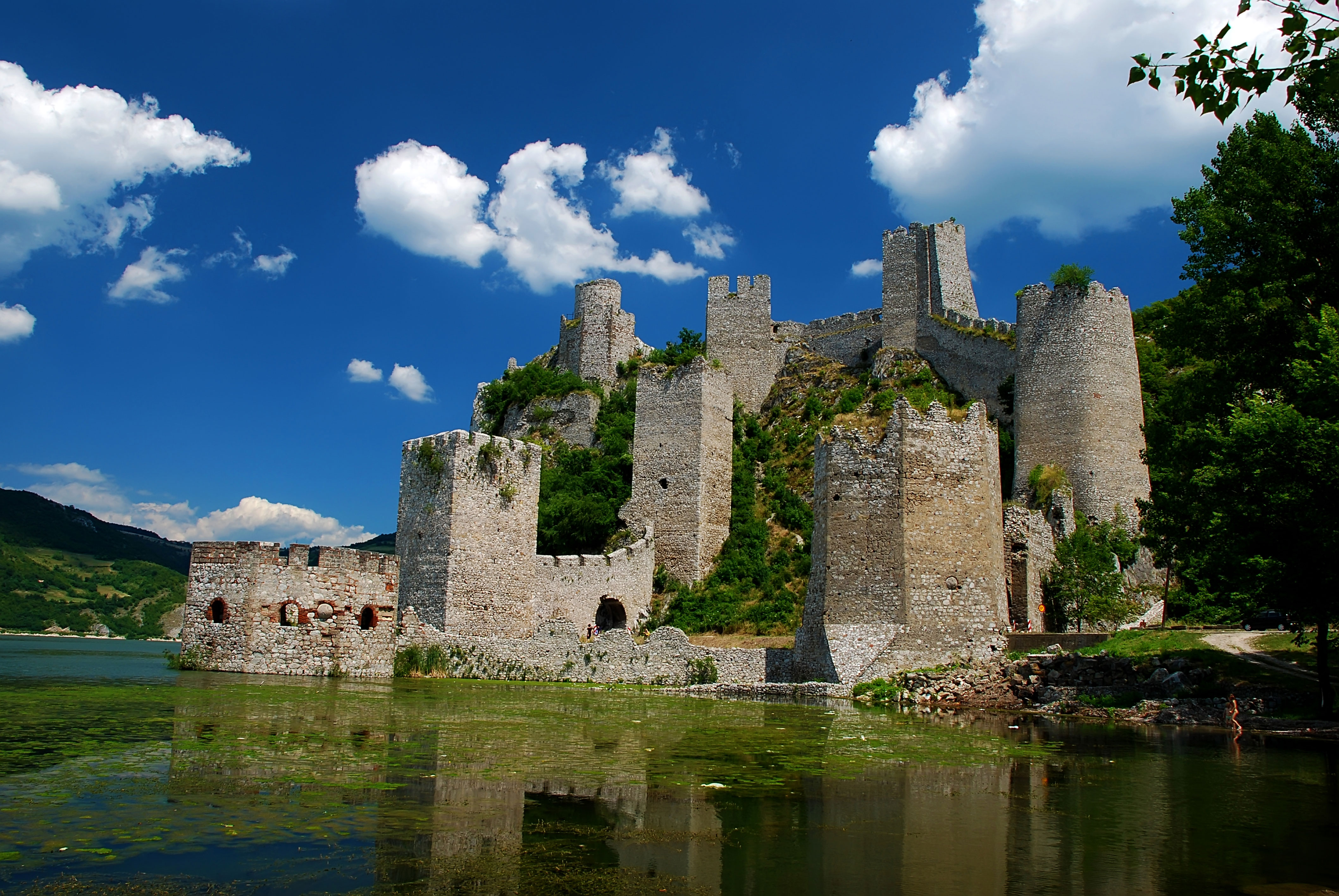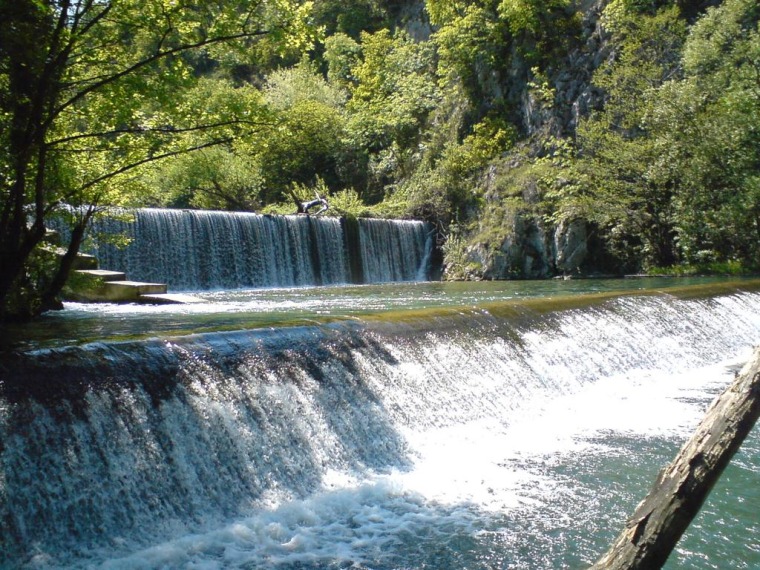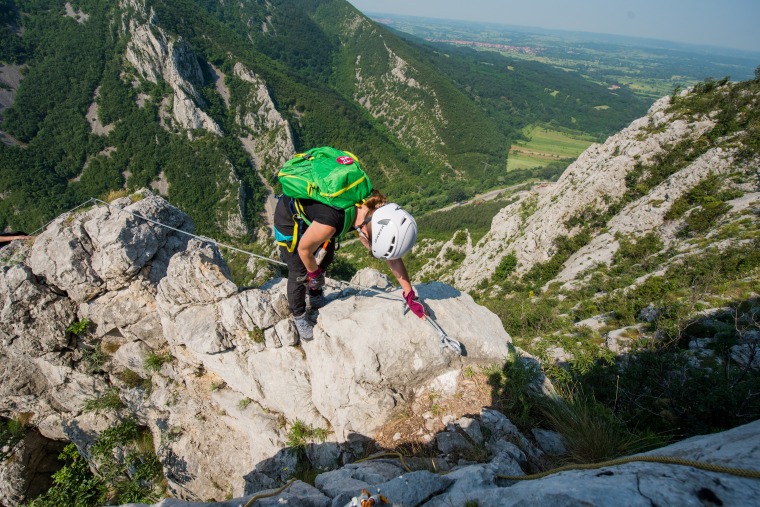
Palaces and fortresses scattered around Serbia give evidence of turbulent past but also of romantic love stories, duels and bohemian nights
If you’re looking for a true history adventure, visit some of the medieval fortresses, palaces or manor houses around Serbia. Discover the monumental stone walls and towers erected above cities, rivers and valleys, and listen to their legends carved in stone.
Smederevo Fortress
The Smederevo fortress is one of the largest lowland medieval fortresses in Europe and the last major masterpiece of Serbian architecture from this period.
History is still being written here – a tomb of unknown noble woman with priceless jewelry has been discovered in 2012. Archaeological excavations are still active, thus this is favorite destination of all archaeology and history lovers.
The Smederevo Fortress comprises of the Big and Small Town. The Small Town is actually the remains of the castle where once the Despot’s family and nobles lived. The Big Town was built later and here people took refuge fleeing from Turks.
Golubac Fortress
Like a sad, lonely Byzantine princess, like an eternal vigilant guard by whom no one can slip into the Djerdap gorge (eng. The Iron Gates of the Danube), the famous Golubac fortress has been defying centuries.
Its founder remains unknown and one can guess it originates from the 14th century. It has always been of great significance so everyone wanted it.
Numerous conquerors walked in it considering it their own, but during centuries it only had one master, the Danube, the only one that knows all its secrets. We would like the Danube to tell us who built this perfect fortress on a cliff just by the road, and also which of the legends about its name is true.
Ram Fortress
Guarding the entrance to the Djerdap lobby, on the rocky cliff, on the Danube shore, lies the medieval fortress Ram.
According to legend, tired of the fighting he was conducting in this region, the Turkish Sultan Bayazit II paused to rest on a hill overlooking all four sides of the world. Sitting on his carpet, Bayazit fell asleep. Waking up a little later, strengthened and reborn, he ordered the construction of a fort at this place. The Ram fortress was built in 1483 in just 2 years.
The base of the fortress is rectangular, with five towers.The five towers have a total of 36 cannon embrasures, which means it needed at least 100 soldiers to operate the artillery.
The fortress, in general, has a different internal structure from other fortresses in this period and was described as the “miracle of the fortress”.


